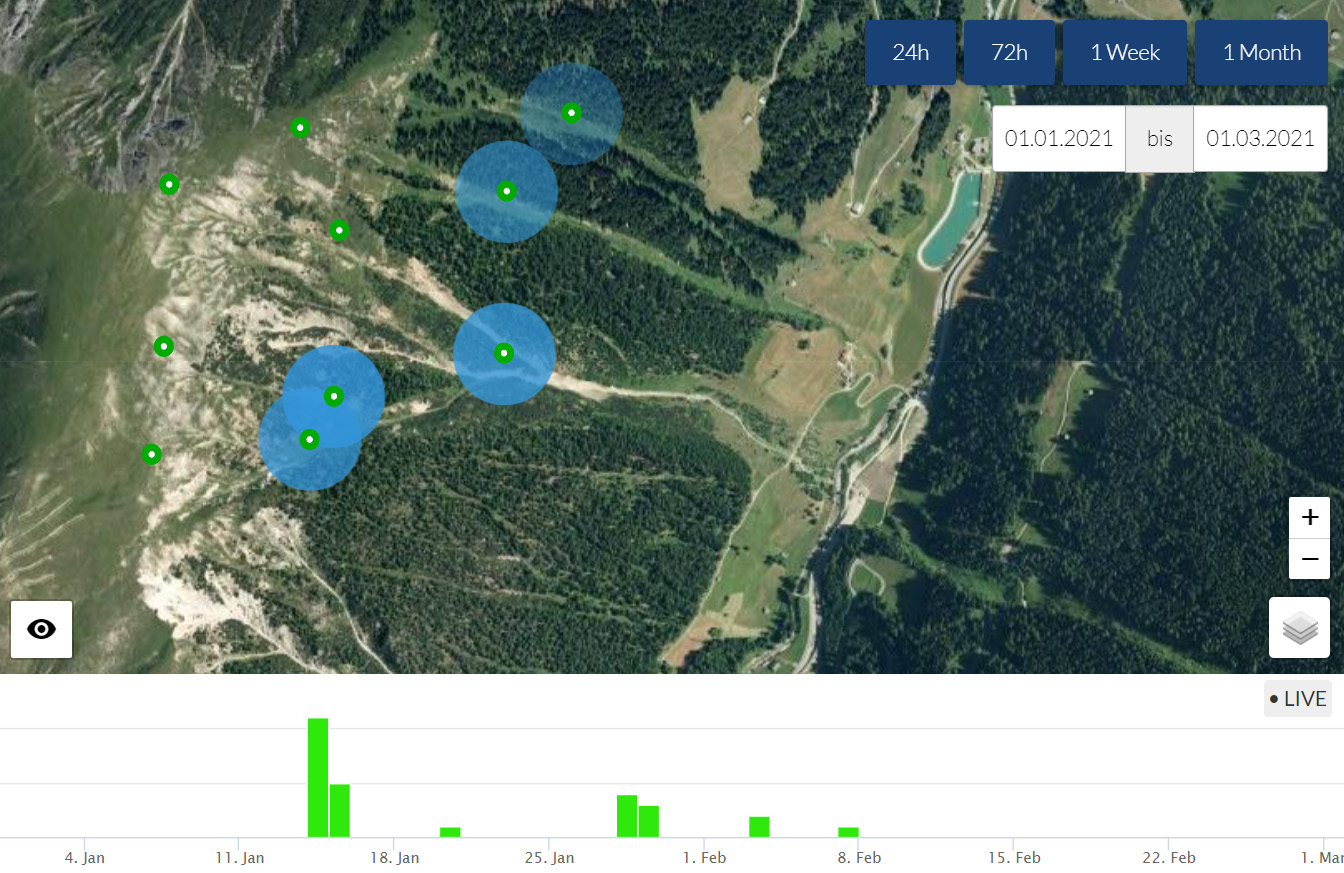GINA® Geophones in Avalanches
GINA® enables the monitoring of avalanche activity in specific avalanche paths. The system represents a cost-efficient way of monitoring individual areas and is fully integrated in the Wyssen Avalanche Control Center WAC.3®.
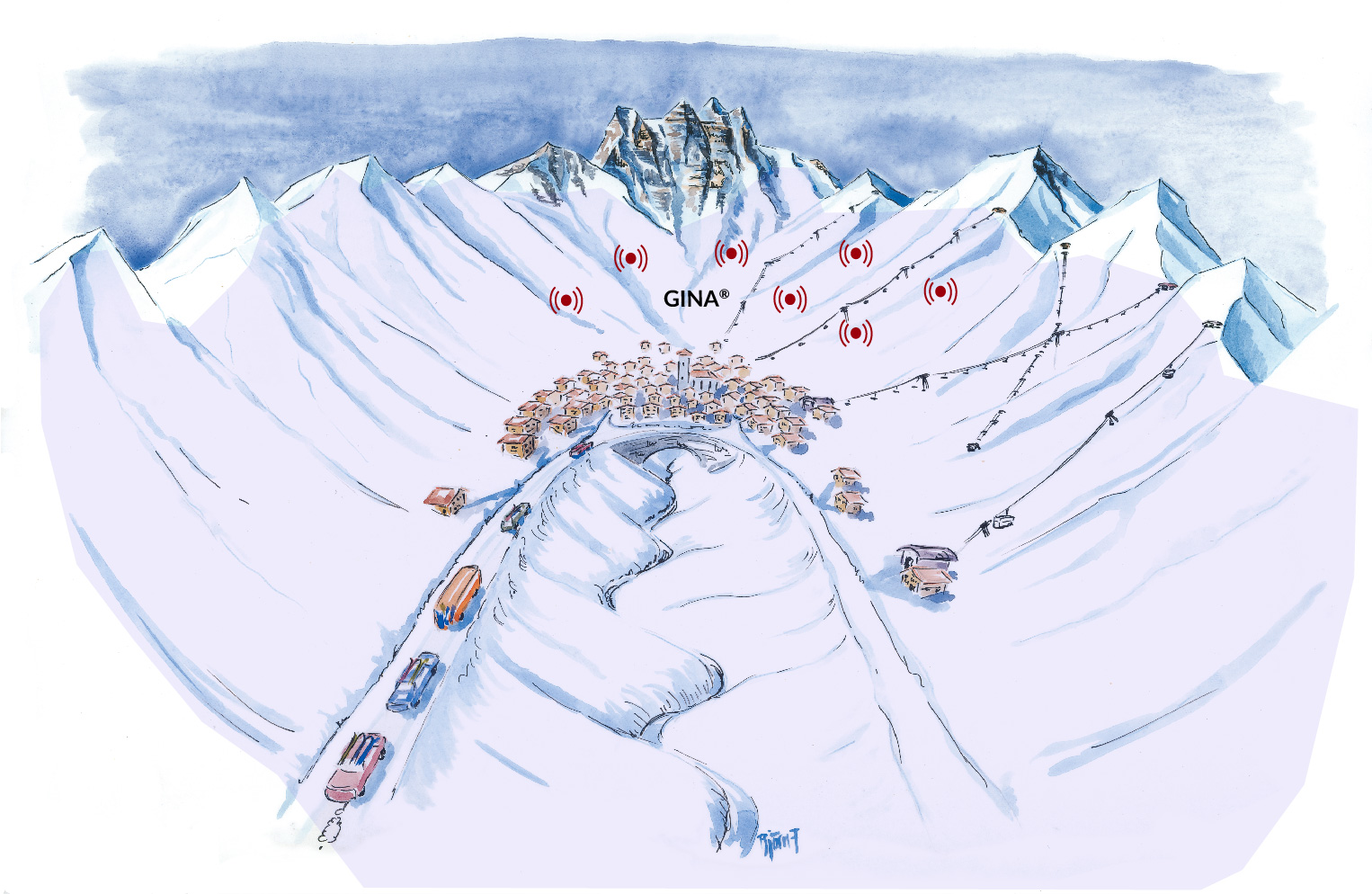
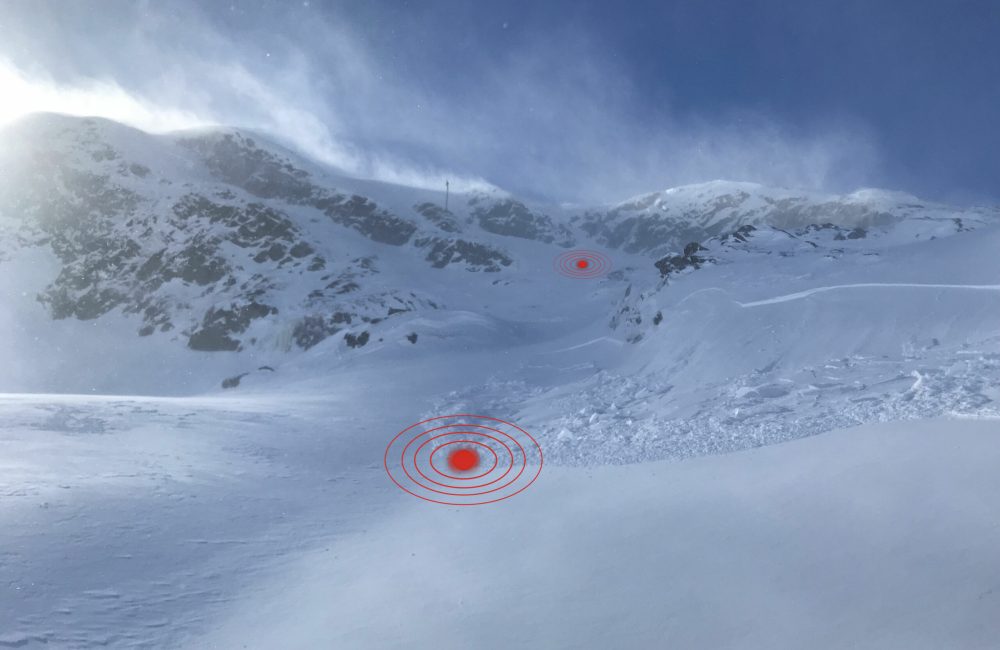
Functional principle
GINA® Geophones in Avalanche registers the ground vibrations generated by an avalanche and allows the detection of both natural and pre-triggered avalanches (see figure below). GINA® consists of a control unit and a geophone sensor. The control unit is responsible for data transmission via mobile radio and for communication with other devices, for example with any connected avalanche traffic lights, while the sensor continuously records and evaluates ground vibrations. The battery supplying the power is charged via a solar panel. The control unit is responsible for data transmission via mobile radio and for communication with other devices, for example with any connected avalanche traffic lights, while the sensor continuously records and evaluates ground vibrations. The battery supplying the power is charged via a solar panel.
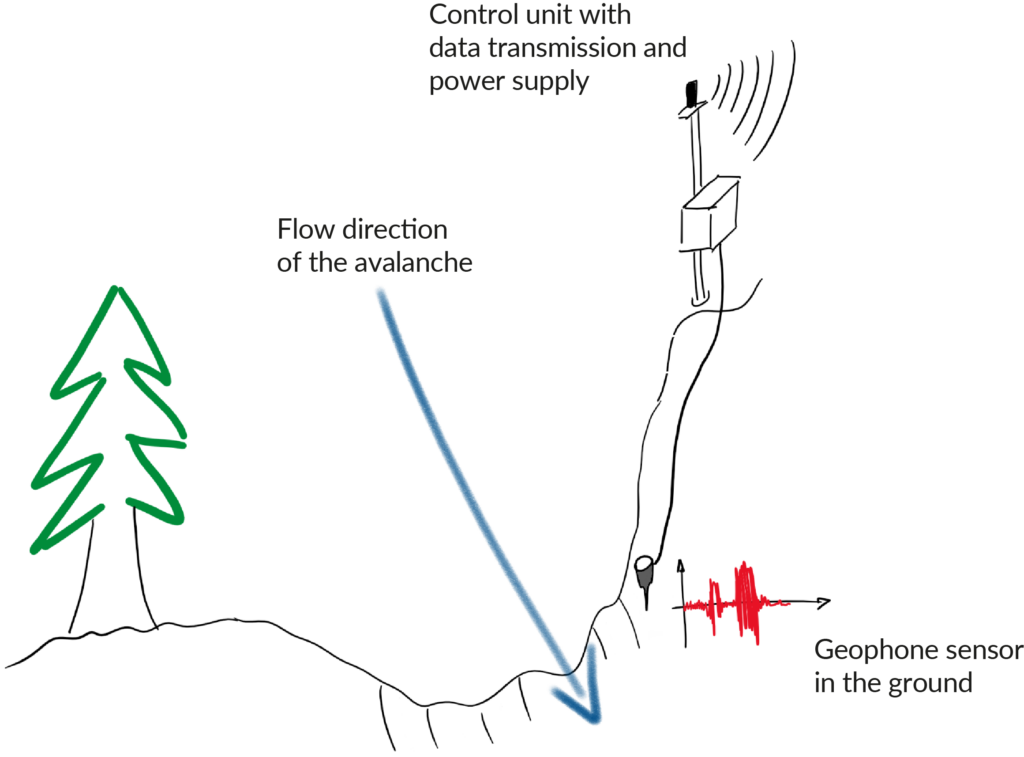
Advantages
- Highly reliable, local information
- Independent of weather and visibility
- Direct detection of avalanches
- Real-time detection
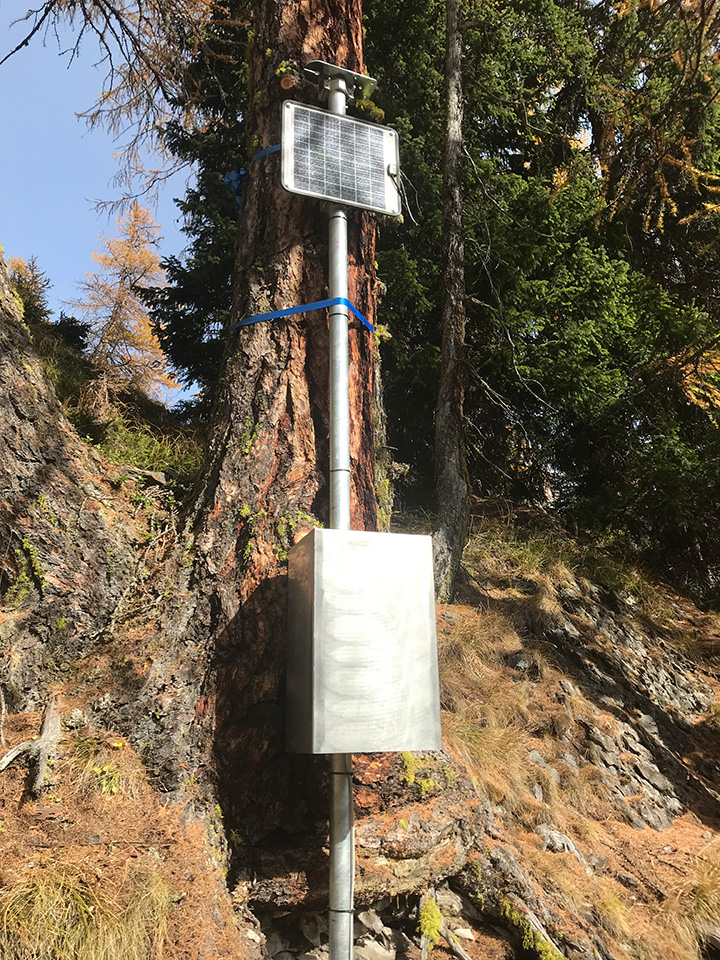
Technical data
| GINA® Specifications | Description |
|---|---|
| Measurement of | ground vibrations from avalanches, debris flows or similar gravitational natural hazards |
| Resolution & Frequency | 24 bit / 80Hz |
| Opening angle | 360° |
| Installation | of the sensor elements: in the ground near the avalanche descent path of the control unit and power supply: outside the avalanche descent path on a tree or in combination with a cross-bracing or screw-in foundation |
| Communication | Mobile phone network |
| Power supply | Solar |
| Number of sensors | connection of several redundant sensors to the control unit and power supply is possible |
| Display | GINA® Geophones in Avalanche is fully integrated into the Wyssen Avalanche Control Center WAC.3® |
Local trigger
Central processing
All data during the event is recorded, transferred and evaluated in the scope of data processing on Wyssen‘s servers. A central algorithm then determines whether the recorded event is an avalanche or another type of vibration that activated the trigger. Finally, all detections relevant for the user are displayed on the Wyssen Avalanche Control Center WAC.3®. Users can configure alerts of relevant events via SMS or email.
